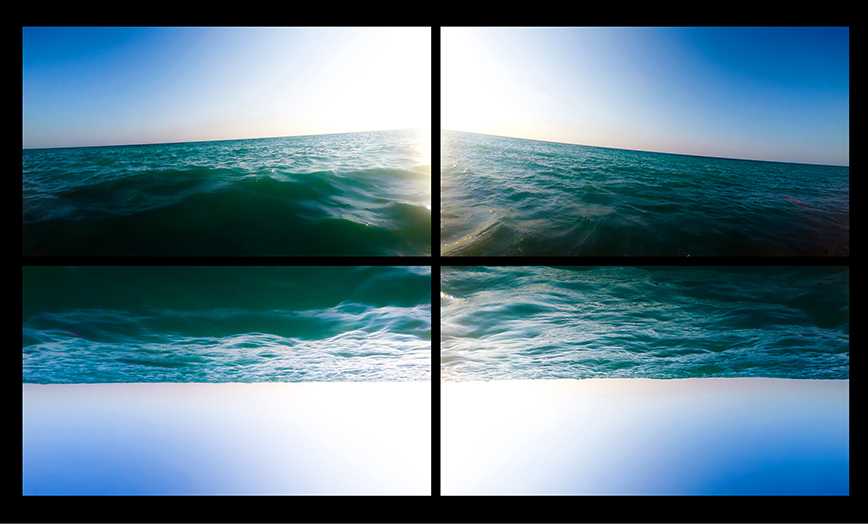06/04/ 2023 - 26/05/ 2023

The Biennial of Young Artists, which the Museum of Contemporary Art Skopje has been organizing intermittently since 1987, is one of Macedonia’s most significant and vital manifestations of contemporary art. The main objective of the Biennial is to discover, affirm and critically articulate some of the current creative and inventive artistic processes and practices.
“AWAKENING” is the theme of the new, 14th International Biennial of Young Artists, which is widening its international reach with participants from Italy, Romania, Norway, Serbia, Austria, Belgium, Albania, Hungary, Kosovo, Montenegro, Sweden, Turkey, Slovenia. The Museum of Contemporary Art appoints a jury committee, which awards a prize in the form of a solo exhibition that takes place in the following year after the Biennial.
One of the significant novelties of this year’s Biennial is the educational center whose goal is to generate knowledge, encourage the establishment of young artists on the contemporary art scene and recognize and develop their potential. Therefore, apart from the exhibition, the project also has an educational program, with a series of activities in order to support the young artists by profiling their work and helping them in their further engagement and presentation to the public.
The 14th Biennial of Young Artists introduces 38 artists, selected partly by the curators, and partly by the public competition announced in the summer of 2022.
Participating artists: Klelija Zhivkovic (R.N.Macedonia), Simona Mancheva (R.N.Macedonia), Julia Castelucci (R.N.Macedonia), Ana Jovanovska (R.N.Macedonia), Igor Tanevski (R.N.Macedonia), Yana Nikolovska (R.N.Macedonia), Julija Manojlovska (R.N.Macedonia), Ridget Ferati (R.N.Macedonia), Slavica Taneska (R.N.Macedonia), Ana Trajkovska (R.N.Macedonia), Serhat Emrulai (R.N.Macedonia), Elena Geleva (R.N.Macedonia), Iva Stankovska (R.N.Macedonia), Lumturie Krasniqi (Kosovo), Gerta Xaferaj (Albania), Ana Likar (Slovenia), Nadja Kracunovic (Serbia) , Ariana Kadic (Monte Negro), Malina Moncea (Romania), Milan Kujundzic (Serbia), Sara Tanaskovic (Serbia), Sarah Muscalu (Romania), Rino Doughty (Kosovo), Újházi Adrienn (Hungary), Çem A (Germany), Josephine Ostlund (Sweden), Fatima Moallim (Sweden), Yirui Fang (Italy), Milena Gallici (Italy, Belgium), Chadi Reda (Switzerland), Anna Lerchbaumer (Austria), Ananda Serné (Norway), Gabriele Gandini (Italy), Nicollo Masini (Italy), Manuel Tozzi (Austria), Jovan Josifovski (R.N.Macedonia), Nadica Dojkoska (R.N.Macedonia), Xiaofu Wang (Australia)
Curators of the 14th Biennial are Nikola Uzunovski, Iva Dimovski and Bojana Janeva
Cover photography: Igor Tanevski, State of Affairs, 2023, digital print